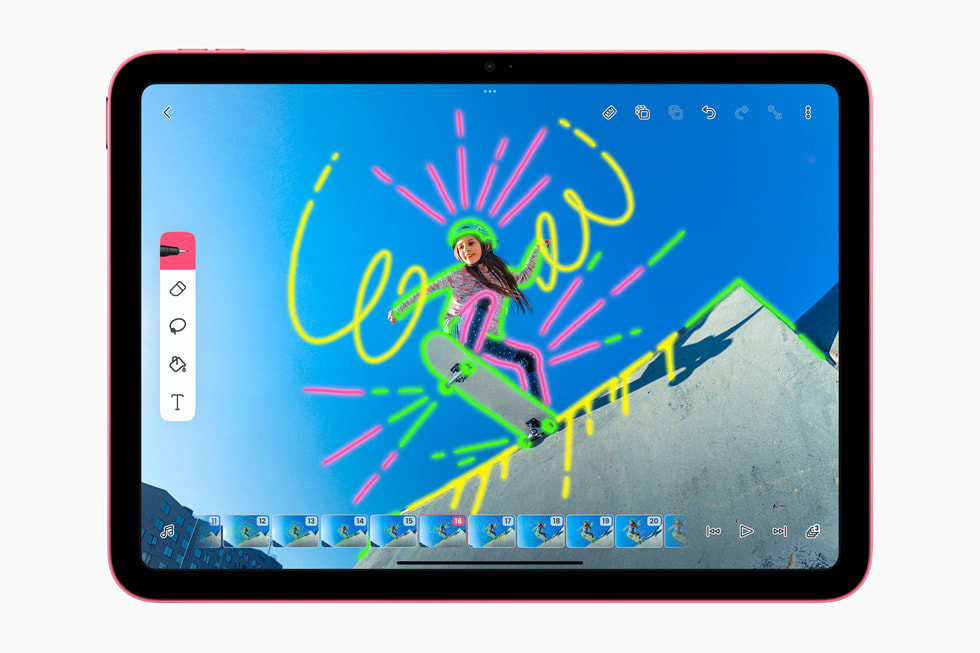Earlier today, Apple introduced updates to both the flagship iPad Pros and the base model iPad. Although the iPad Pro received the M2 chip, and the iPad received a more modern design, tech enthusiasts and influencers have criticized many of the design decisions that Apple made. However, I believe that those design decisions are best not only for Apple but also for its customers.
Let’s start with the base iPad. People could criticize the higher starting price of $449 instead of the usual $329. Despite this, I think you’re still getting a lot more features for your money. Earlier rumors indicated that this iPad would have the traditional Retina Display without the rounded corners despite the rumored flat-edge design, but Apple took a different approach by bringing a larger 10.9-inch Liquid Retina Display to this iPad. That way, you’ll get the same display size and resolution as that of the higher-end iPad Air. Although it isn’t a laminated display with anti-reflective coating, repairs will overall be cheaper in the long run because you’ll just need to replace the cover glass since the display and cover glass are separate components. You’ll also get even more features that were exclusive to the higher-end iPad models like landscape stereo speakers, optional 5G connectivity, and the more versatile USB-C port.
Speaking of the USB-C port, despite previous rumors of support for Apple Pencil 2, this 10th-generation iPad supports only the 1st-generation Apple Pencil. Then how do you pair or charge the Pencil? You’ll have to buy a separate adapter (USB-C to Apple Pencil Adapter). While it may be a bummer for those who are upgrading from a previous generation iPad, the good news is those future iPad users won’t need to buy that adapter separately. That adapter comes included when you purchase the Apple Pencil 1 separately.
You may be asking, why doesn’t the 10th generation iPad support the Apple Pencil 2 despite the modern design? It has something to do with the front-facing camera because for the first time on any iPad, Apple has relocated the front-facing camera along the landscape edge. That way, you’ll naturally be looking at the camera and enjoy those FaceTime calls in landscape mode like you would on a laptop. Therefore, the camera hardware along the landscape edge leaves no room to charge the Apple Pencil 2.
On the other end of the iPad lineup, the iPad Pro just received both the M2 chip and the Apple Pencil Hover feature. Although tech journalists could criticize the small improvements that new iPad Pros offer, the latest iPad Pro will not make your existing iPad Pro obsolete since you’ll not be missing out on the new iPad Pro. Just recently, Apple announced that the 2018/2020 iPad Pro would support the upcoming Stage Manager feature, which was exclusive to the M1 iPad Pro. For those with the M1 iPad Pro, you’ll be getting the same external display support as the M2 iPad Pro later this year.
People also criticized Apple’s odd decision of not bringing the landscape front-facing camera to the latest iPad Pro. However, I think it’s for a good reason. For one, relocating the camera requires some design changes and reengineering, which would lead to more expenses for the tech company, not to mention a new place on the device to magnetically charge your Apple Pencil 2. Therefore, it’s more cost-effective for Apple to have the budget iPad pioneer the landscape camera, and down the road, Apple could plan a redesign for the iPad Pro that incorporates both the landscape camera and Apple Pencil 2 in the coming years.
Even though Apple’s design decisions may seem a bit odd, I still think both iPads offer solid updates that new or returning customers will appreciate, and I’m sure the 10th-generation iPad will be a huge success for those who are looking for an iPad to do even more creative tasks. Thanks for reading, and follow us on Twitter for more Apple news.








